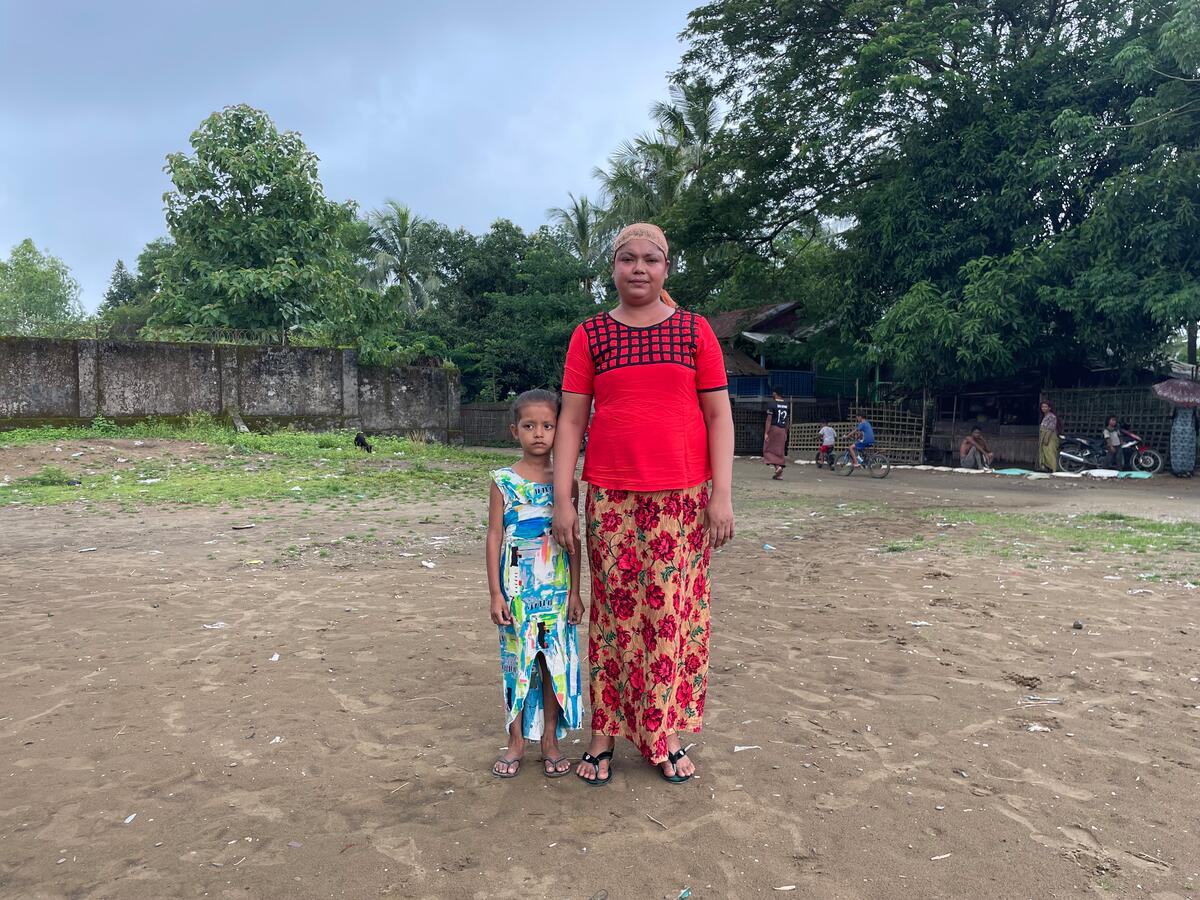UNHCR preparing for huge displacement from Iraq's Mosul
UNHCR preparing for huge displacement from Iraq's Mosul
In Iraq, displacement may be about to dramatically worsen with the focus of military action turning towards Mosul. Already, in recent months, some 213,000 people have fled their homes in different parts of the country. This includes 48,000 people from the Mosul area, 87,000 from the Falluja region, and 78,000 from Shirqat, Qayyara and surrounds.
Mosul is Iraq’s second largest city, and the humanitarian impact of a military offensive there is expected to be enormous. Up to 1.2 million people could be affected. UNHCR is doing what it can amid enormous challenges to build more camps to accommodate people and mitigate suffering, but additional land for camps and funding is still needed.
Iraq is already one of the world’s biggest internal displacement situations. Some 3.38 million people have fled their homes since January 2014, among them families who have been displaced multiple times.
UNHCR continues to advocate, in a volatile, fast-evolving and complex conflict, for freedom of movement of civilian populations. This is especially critical when it comes to people fleeing combat zones. Everything possible should be done to ensure the safety and dignity of people affected.
UNHCR provides humanitarian support, including shelter, emergency relief kits and protection services, such as legal aid for displaced families. With the impending situation in Mosul we are now expanding our efforts to be able to assist hundreds of thousands more people.
Contingency plans have been drawn up to provide shelter assistance for up to 120,000 people fleeing conflict in Mosul and surrounding areas, as part of an inter-agency response to the crisis. And across the region a series of camps are in the process of being expanded or established while other shelter options are being prepared.
In Debaga, in Erbil Governorate, two camps were completed in July and August to house displaced Iraqis who fled villages to the east of the Tigris. Due to the number of daily new arrivals, UNHCR is looking to construct an additional site, and we are awaiting land to be made available by the local authorities. Debaga has swollen nearly ten-fold in just a few months – from a camp housing 3,500 displaced people in March to several sites now housing more than 34,000.
North of Mosul, work is almost completed at Zelekan site, in Sheikhan district, with a capacity for 1,200 tents. Site preparations are also underway at Amalla site, in Telafar district, north-west of Mosul, for a camp with a capacity for 3,000 tents.
In Kirkuk, UNHCR is constructing a new camp in Daquq district, with capacity for 1,000 tents, and expanding additional camp capacity at Nazrawa and Laylan, which are now completely full.
Work is also underway in Salah al-Din for a 1,000 tent camp at Tal al-Seebat.
UNHCR is also assessing and identifying other sites across northern Iraq in close consultation with authorities.
Altogether, UNHCR is looking to set up camps in up to six locations across northern Iraq although progress depends on both the availability of land and of funding. UNHCR’s overall appeal for US$584 million for displaced people including Iraqi refugees in the region was only 38 per cent funded as of 2 August.
Finding available land for the new camps has become a critical issue. Land is identified and provided by the local authorities and assessed by UNHCR, other UN agencies and humanitarian partners for suitability. However, this issue is fraught with problems. Many private landowners are unwilling to lease land; other land may be unsuitable due its topography, its proximity to the frontline or military operations and the risk of contamination by UXOs or landmines, or it may be located in areas where the arrival of displaced Iraqis could inflame ethnic, sectarian, religious or tribal tensions.
UNHCR leads the protection, shelter and non-food items and camp coordination and management response. The agency currently has contingency stocks of tents and other relief items for 20,000 households country-wide.
For more information on this topic, please contact:
- In Bagdad, Caroline Gluck, +964 780 920 7286, [email protected]
- In Geneva, Ariane Rummery, +41 79 200 7617, [email protected]









